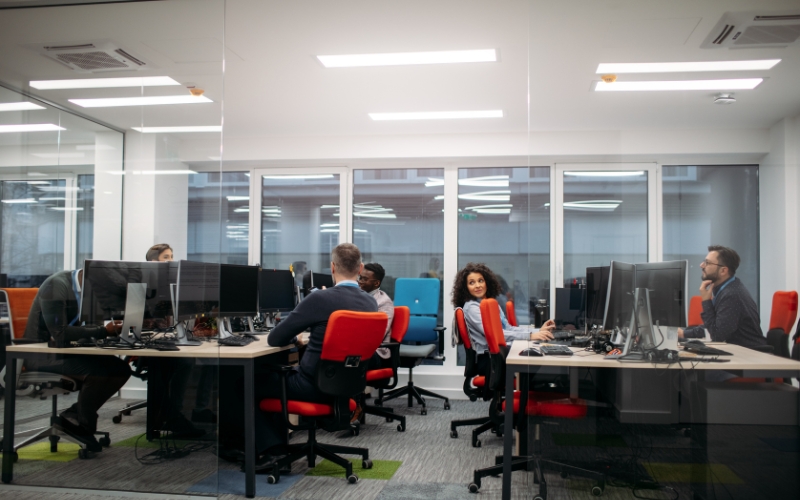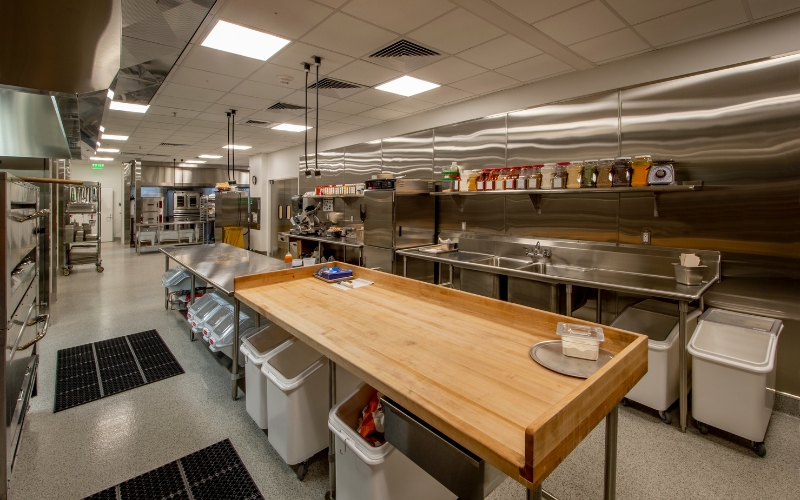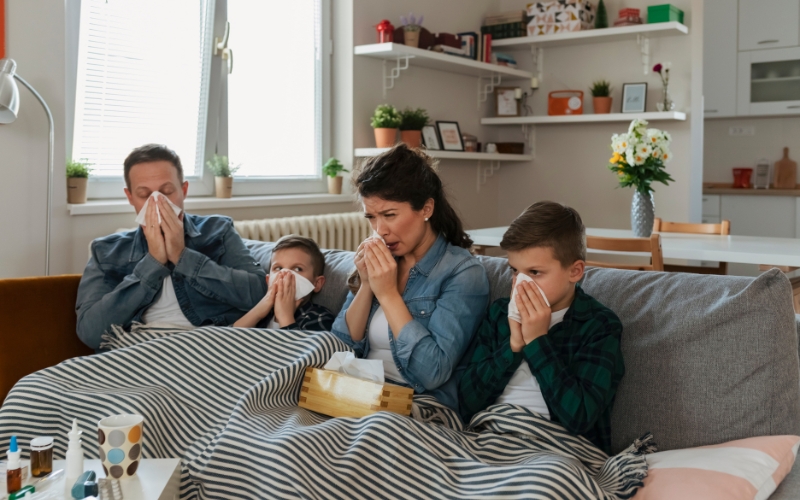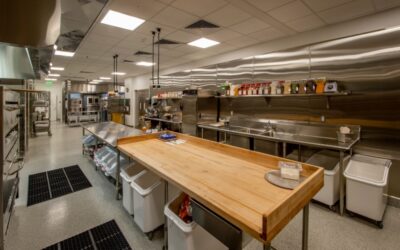Once again, a new COVID-19 variant has emerged. This one, known as JN.1, was responsible for nearly half of all cases in recent weeks. That’s according to estimates from the Centers for Disease Control and Prevention (CDC). This particular variant is closely related to the most recent variant, BA.2.86. JN.1 is seen as more transmissible and better at evading our immune systems. According to experts and data models, Jn.1 could be the second-largest wave behind only the omicron surge from 2021/2022.
With this COVID-19 variant having emerged, it has led to an increase in hospitalizations around the United States. That’s another trend we’ve seen consistently over the course of the pandemic. As infections rise, so too do the hospitalizations. On a positive note, hospitalization numbers for the JN.1 variant haven’t been as high as last year at this time. But that doesn’t change that they are up relative to what they were even a month ago and are up significantly from their levels a few months ago.
The CDC continues to recommend people isolate for five days after testing positive. That can be difficult as we move farther away from the height of the pandemic. That’s why it’s vital to ensure that measures have been taken to better protect against the virus before it takes hold. That may not be music to anyone’s ears at this time as the variant is running wild. However, some steps can be taken to improve your indoor air quality, both at home and at places of business. One of them comes back to Synexis.
How Synexis Helps
Utilizing Dry Hydrogen Peroxide (DHP®), Synexis devices have been proven to reduce the SARS-CoV-2 virus by 98.7 percent on surfaces at two hours. The first major variant, Delta, was tested to a reduction of 99.99 percent in the air at just 90 minutes. To determine these figures, scientists at the Biosecurity Research Institute (BRI) exposed virus-contaminated surfaces to DHP technology for up to 24 hours.
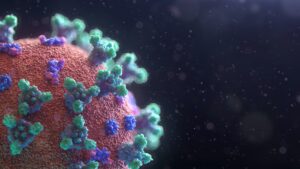
The study was conducted in 50 sq meter rooms to simulate a more real-world environment with standard air exchanges. Samples were then taken to determine whether the DHP technology enhanced the decay of the infectious SARS-CoV-2 particles. A similar study was conducted with the Delta variant. It showed even stronger results. It can reasonably be assumed that future variants will also be impacted by DHP technology similarly.
“These new findings suggest that Dry Hydrogen Peroxide (DHP) in occupied spaces can significantly reduce the concentration of SARS-CoV-2 Delta and other variants in the air providing another strategy for minimizing the risks of aerosol transmission,” said Charles E. Edmiston, Jr., Ph.D., CIC, FIDSA, FSHEA, FAPIC, Emeritus Professor of Surgery, Medical College of Wisconsin.
As time goes on, we learn more and more about this virus, but each COVID-19 variant does provide new challenges. That’s why it’s so important to take every precaution possible to stop the spread, which includes improving your indoor environmental quality (IEQ). Whether a small business or a huge corporation, protecting everyone who steps foot in a facility from the get-go is a wise decision.
To speak with an IAQ expert from Synexis, fill out this form and we’ll be in touch as soon as possible.
To learn more about Synexis, click here.

